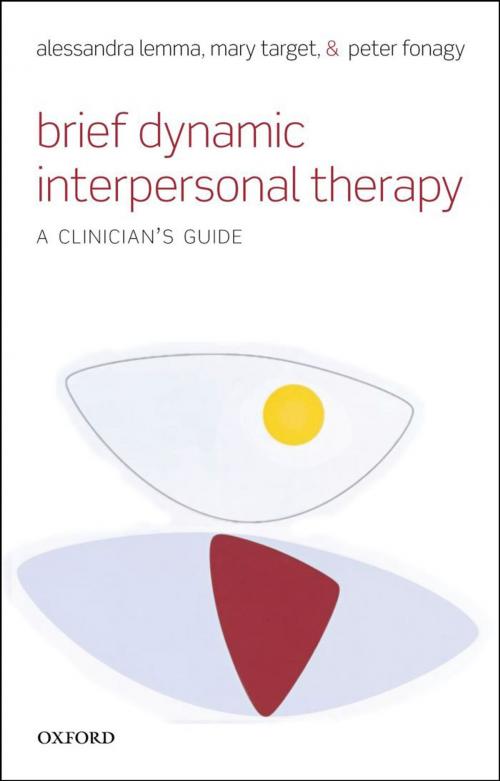Brief Dynamic Interpersonal Therapy
A Clinician's Guide
Nonfiction, Health & Well Being, Psychology, Interpersonal Relations, Medical| Author: | Alessandra Lemma, Mary Target, Peter Fonagy | ISBN: | 9780191621208 |
| Publisher: | OUP Oxford | Publication: | June 16, 2011 |
| Imprint: | OUP Oxford | Language: | English |
| Author: | Alessandra Lemma, Mary Target, Peter Fonagy |
| ISBN: | 9780191621208 |
| Publisher: | OUP Oxford |
| Publication: | June 16, 2011 |
| Imprint: | OUP Oxford |
| Language: | English |
Dynamic Interpersonal Therapy (DIT) is a brief psychodynamic psychotherapy developed for the treatment of mood disorders. It is being rolled out as part of the Improving Access to Psychological Therapies (IAPT) initiative as the psychodynamic model for the treatment of depression. This book is a user-friendly, practical guide for the implementation of a brief psychodynamic intervention in routine clinical practice as well as in research protocols. It sets out clearly the theoretical framework, as well as the rationale and strategies for applying DIT with patients presenting with mood disorders (depression and anxiety). Throughout, it is illustrated with detailed examples that help the reader to implement the approach in their practice. The book will be required reading to support the national IAPT training initiative, as well as providing a resource for mental health professionals specialising in psychodynamic psychotherapy and wishing to work within a limited time frame.
Dynamic Interpersonal Therapy (DIT) is a brief psychodynamic psychotherapy developed for the treatment of mood disorders. It is being rolled out as part of the Improving Access to Psychological Therapies (IAPT) initiative as the psychodynamic model for the treatment of depression. This book is a user-friendly, practical guide for the implementation of a brief psychodynamic intervention in routine clinical practice as well as in research protocols. It sets out clearly the theoretical framework, as well as the rationale and strategies for applying DIT with patients presenting with mood disorders (depression and anxiety). Throughout, it is illustrated with detailed examples that help the reader to implement the approach in their practice. The book will be required reading to support the national IAPT training initiative, as well as providing a resource for mental health professionals specialising in psychodynamic psychotherapy and wishing to work within a limited time frame.















